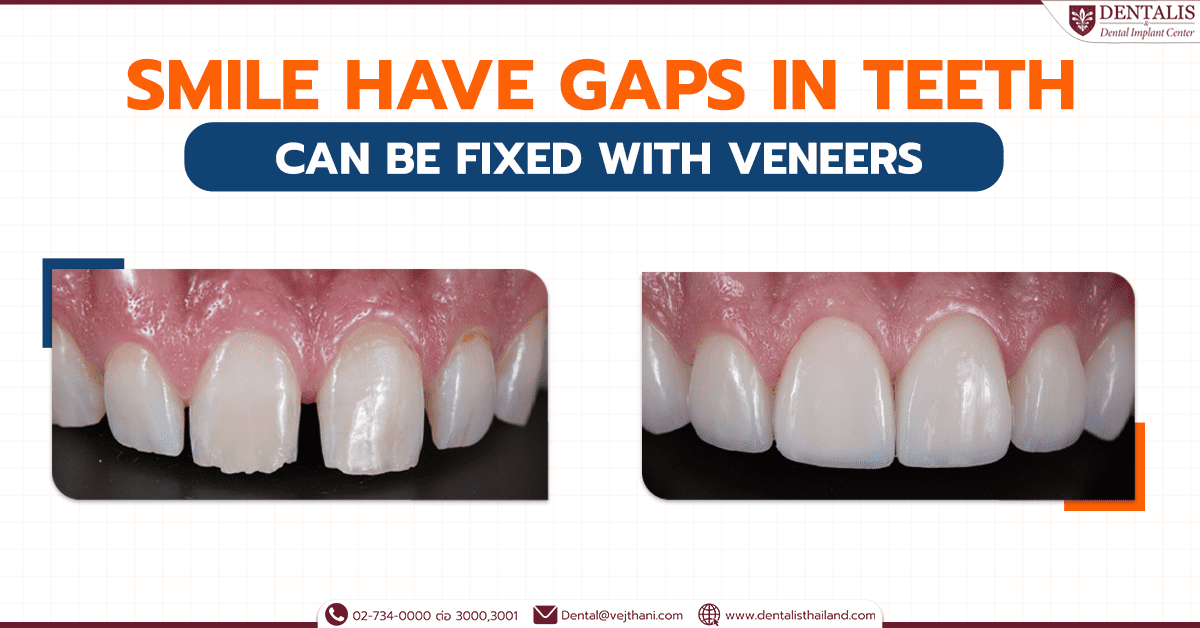
Gums is one of the most important organs in the mouth as gums attach to teeth and let the teeth align more stable within the jawbone. Healthy gums should be soft pink in color presence with no swelling and firm texture without any bleeding while brushing the teeth. The gum ridge should also be smooth.
What cause gum disease?
Gum disease is caused by a plaque deposition from food particles which leads to accumulation of bacteria in the space between the teeth, periodontal tissue and the gum line. Improper oral cavity cleaning causes the gums to be infected and inflamed.
Stages of gum disease
Gum disease stage 1: Gingivitis
Gum disease in the initial stage causes gum inflammation as a result of plaque and bacterial deposition in the gums and teeth. Symptoms include frequent bleeding while brushing teeth or flossing.
Gum disease stage 2: Mild periodontitis
If gum disease is not properly treated in the initial stage the soft tissue around teeth may be destroyed to the point of causing a bigger space between the gums and the teeth. This may also cause a cavity between teeth and gums. In some cases, the disease may cause teeth cleaning to be harder as there are food particles stuck in the gum line or gum line cavities.
Gum disease stage 3: Severe periodontitis
In this final stage of gum disease only the minimum amount of the periodontal tissue is left. This may cause teeth to be loose and fall out.
How to prevent gum disease?
- It is suggested to regularly look for warning signs or any abnormalities of gum disease such as bad breath, gum dark red in color and swollen gums.
- Meet a dentist every six months. The dental check up can helps to prevent dental problems that may occur in the future.
- Properly take care of the oral cavity by brushing teeth at least twice a day.
- Receive dental scaling and root planing with a dental specialist to prevent bacterial buildups on teeth and the gum line which may lead to dental problems in the future.
Symptoms of gum disease
- Regular bleeding during teeth brushing or flossing
- Dark red gums
- Loose gums
- Swollen gums with pain during palpation
- Teeth that look longer due to gum recession
- Painful teeth and gums while eating food
- Bad breath
- Gum tissue pulling away from the teeth causing gum line cavities
Root planing helps lower the risk of gum disease
When it comes to oral cavity cleaning most people may know about dental scaling. Dental scaling is done to clean calculus deposition on the teeth surface above the gum.
Root planing performed together with dental scaling will help get rid of calculus deposition under the gums and prevent gum inflammation or periodontitis which is a cause of tooth loss.
Benefits of root planing
- Keeping the oral cavity healthy and clean
- Making teeth stronger
- Reducing bad breath
- Lowering the risk of gum disease
- Making gums stronger
- Keeping the gums healthy
Steps of gum disease treatment
To treat gum disease, dental scaling must be regularly done together with root planing to get rid of buildups of food particles and bacteria. Root planing goes deep into gaps between teeth, which allows gum tissue to attach firmly to the jawbone again. However, gum disease treatment needs to be continuous and take some time to see the expected results.
After receiving root planing treatment for 3-4 weeks per month, the dentist will schedule an appointment with the patient again to check the results. The dentist will confirm if the gums have recessed or not. If gum recession occurs, the dentist will recommend gum surgery as a treatment choice.
After treatment, the dentist will recommend regularly taking care of oral health by brushing teeth at least twice a day and using a dental floss to clean the surface between teeth and gum line to reduce plaque buildups. The dentist will also recommend receiving a dental check up every six months to screen for other oral diseases to prevent tooth loss among other problems.




02-734-0000
Dentalis